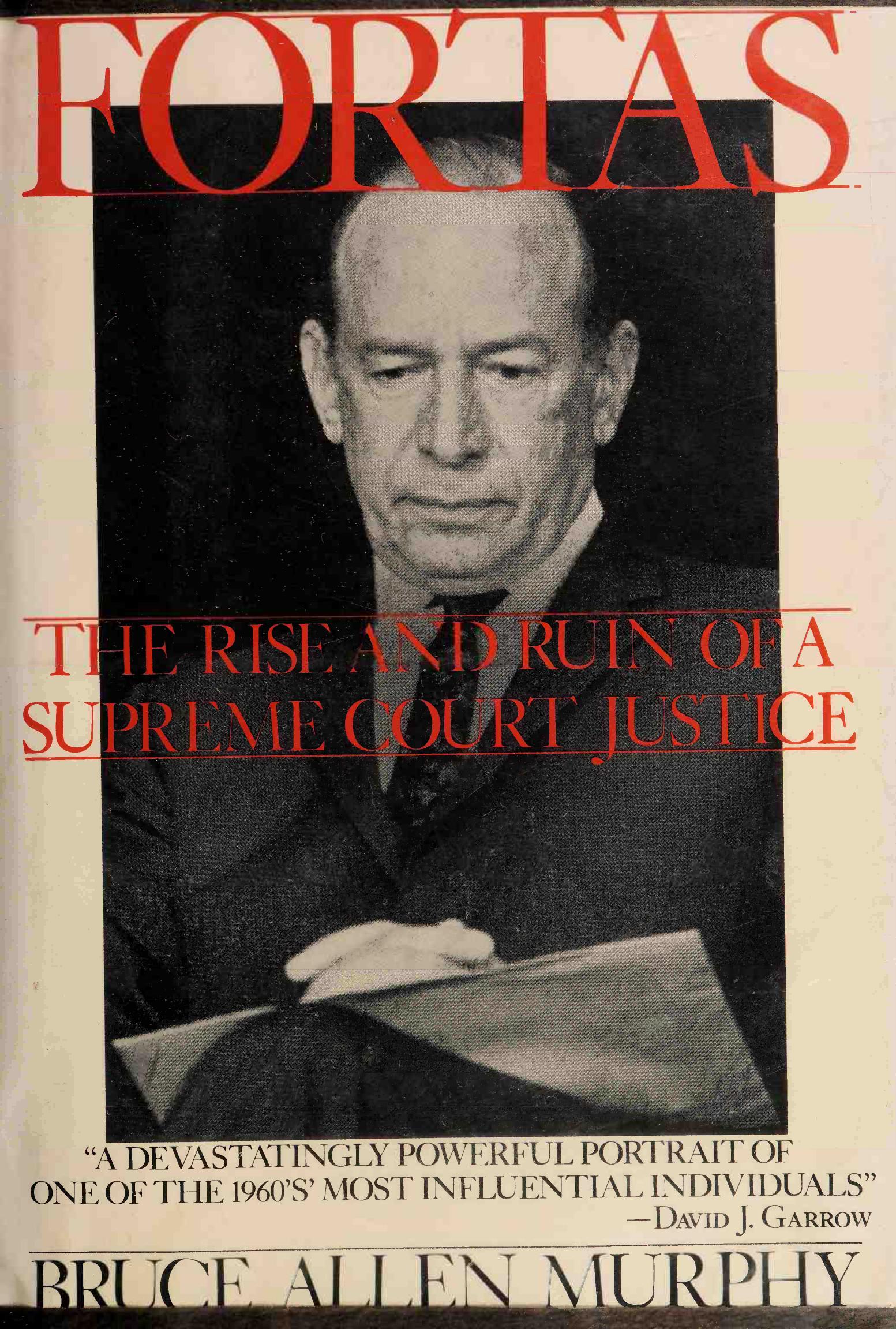
Fortas: The Rise & Ruin Of A Supreme Court Justice PDF
Preview Fortas: The Rise & Ruin Of A Supreme Court Justice
When I was a fledgling lawyer in the '60s, one of the prominent attorneys of the day, whom I especially admired, was Abe Fortas. He followed the path to success of many first-generation Americans—scholarship. It paved his way to power and influence in the New Deal and to the success and esteem of his law firm, Arnold, Fortas and Porter. All of this was at a time when the law business was dominated by sedate law firms of Wall Street and Washington that traced their origins to the 19th century and often had no living name partners. His financial success was equalled by distinguished pro bono work in defense of individuals targeted by the McCarthy hearings, such as Owen Lattimore, and defendants in such landmark constitutional cases as Gideon v. Wainwright.
I was delighted when, in 1965, President Johnson appointed him to succeed Arthur Goldberg on the Supreme Court. In 1969 Fortas resigned from the Court in apparent disgrace. Wanting to believe he had been victimized, I suppressed those facts that cast doubt on my judgment. I have since wondered what the Court would have been like had he remained.
Bruce Allen Murphy's hook, Fortas: The Rise and Ruin of a Supreme Court Justice, shattered my illusions. Professor Murphy traces Abe Fortas' rise to preeminence as student, teacher, public servant, practitioner of the law and power broker, followed by his untimely resignation from the Supreme Court, and leaves little doubt that he victimized himself. The author portrays a man driven by ego, ambition, greed and the heady wine of political power.
https://www.minneapolisfed.org/article/1988/fortas-the-rise-and-ruin-of-a-supreme-court-justicehttps://en.wikipedia.org/wiki/Abe_Fortas#Ethics_scandal_and_resignation
